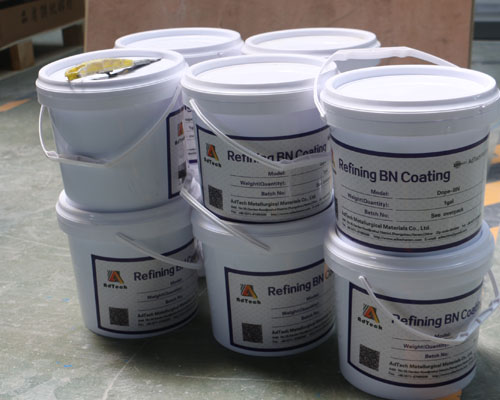Refractory coatings thermal insulation depends not only on the thickness of the coating, but also on the porosity of the coating itself. The thickness of the coating has an optimal range, experience shows that it is generally around 150m~250m. The porosity of the coating is largely affected by the application method and conditions used, because the degree of formation of pores in the coating basically depends on the evaporation rate of the mold cavity surface contacting the carrier water. The most commonly used method of mold coating application is spraying, but sometimes it is applied by brushing, such as in the gating system and riser area.
Applying at about 170~200℃, the best refractory coatings effect can often be obtained. However, the coating viscosity and spraying equipment also have an impact on the quality of the coating deposited layer. Therefore, depending on the coating viscosity and spraying equipment, it is sometimes necessary to slightly deviate from the optimal application temperature when the mold temperature is higher. There will be a strong reaction to high temperatures. Generally, a large refractory coating porosity can be obtained, and the thermal insulation performance of the coating will be better. However, excessively high mold temperature will cause a strong “rebound”, which makes it difficult for the coating to adhere to the surface of the cavity, resulting in a decrease in the adhesion and life of the coating to the mold.

On the contrary, when applied at a lower temperature, although the refractory coatings life is longer, this kind of coating is denser and its thermal insulation property becomes worse, and a too low application temperature will make the coating uneven and form a patch. When the mold is heated to the working temperature, cracking and peeling defects of the coating will occur, and when the moisture absorbed in the coating evaporates at high temperature, it will also crack the adhesive film.

